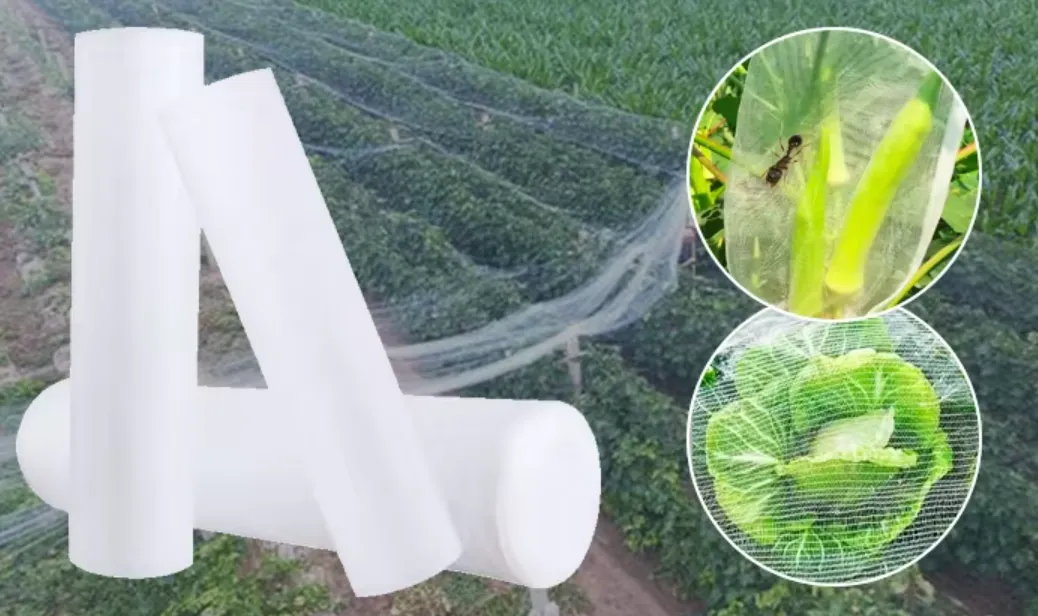-
 Afrikaans
Afrikaans -
 Albanian
Albanian -
 Amharic
Amharic -
 Arabic
Arabic -
 Armenian
Armenian -
 Azerbaijani
Azerbaijani -
 Basque
Basque -
 Belarusian
Belarusian -
 Bengali
Bengali -
 Bosnian
Bosnian -
 Bulgarian
Bulgarian -
 Catalan
Catalan -
 Cebuano
Cebuano -
 China
China -
 Corsican
Corsican -
 Croatian
Croatian -
 Czech
Czech -
 Danish
Danish -
 Dutch
Dutch -
 English
English -
 Esperanto
Esperanto -
 Estonian
Estonian -
 Finnish
Finnish -
 French
French -
 Frisian
Frisian -
 Galician
Galician -
 Georgian
Georgian -
 German
German -
 Greek
Greek -
 Gujarati
Gujarati -
 Haitian Creole
Haitian Creole -
 hausa
hausa -
 hawaiian
hawaiian -
 Hebrew
Hebrew -
 Hindi
Hindi -
 Miao
Miao -
 Hungarian
Hungarian -
 Icelandic
Icelandic -
 igbo
igbo -
 Indonesian
Indonesian -
 irish
irish -
 Italian
Italian -
 Japanese
Japanese -
 Javanese
Javanese -
 Kannada
Kannada -
 kazakh
kazakh -
 Khmer
Khmer -
 Rwandese
Rwandese -
 Korean
Korean -
 Kurdish
Kurdish -
 Kyrgyz
Kyrgyz -
 Lao
Lao -
 Latin
Latin -
 Latvian
Latvian -
 Lithuanian
Lithuanian -
 Luxembourgish
Luxembourgish -
 Macedonian
Macedonian -
 Malgashi
Malgashi -
 Malay
Malay -
 Malayalam
Malayalam -
 Maltese
Maltese -
 Maori
Maori -
 Marathi
Marathi -
 Mongolian
Mongolian -
 Myanmar
Myanmar -
 Nepali
Nepali -
 Norwegian
Norwegian -
 Norwegian
Norwegian -
 Occitan
Occitan -
 Pashto
Pashto -
 Persian
Persian -
 Polish
Polish -
 Portuguese
Portuguese -
 Punjabi
Punjabi -
 Romanian
Romanian -
 Russian
Russian -
 Samoan
Samoan -
 Scottish Gaelic
Scottish Gaelic -
 Serbian
Serbian -
 Sesotho
Sesotho -
 Shona
Shona -
 Sindhi
Sindhi -
 Sinhala
Sinhala -
 Slovak
Slovak -
 Slovenian
Slovenian -
 Somali
Somali -
 Spanish
Spanish -
 Sundanese
Sundanese -
 Swahili
Swahili -
 Swedish
Swedish -
 Tagalog
Tagalog -
 Tajik
Tajik -
 Tamil
Tamil -
 Tatar
Tatar -
 Telugu
Telugu -
 Thai
Thai -
 Turkish
Turkish -
 Turkmen
Turkmen -
 Ukrainian
Ukrainian -
 Urdu
Urdu -
 Uighur
Uighur -
 Uzbek
Uzbek -
 Vietnamese
Vietnamese -
 Welsh
Welsh -
 Bantu
Bantu -
 Yiddish
Yiddish -
 Yoruba
Yoruba -
 Zulu
Zulu
dust protection net
The Importance of Dust Protection Net in Modern Applications
In today’s fast-paced and ever-evolving world, one of the most significant challenges faced by various industries is the management of dust and particulate matter. Dust not only affects the quality of the work environment but can also pose serious health risks. As a solution, the use of dust protection nets has gained prominence across various sectors. These innovative solutions serve not just to protect but also to enhance efficiency, ensuring a safer and cleaner working atmosphere.
Understanding Dust Protection Nets
Dust protection nets are specialized barriers designed to prevent dust and debris from escaping from work sites. Made from durable materials, these nets are often woven to create a fine mesh that can trap particles while allowing for air circulation. This feature is particularly important in construction, demolition, and renovation projects, where dust production is inevitable. By using dust protection nets, companies can significantly reduce the dispersion of dust into the surrounding environment, thereby safeguarding public health and minimizing the potential for environmental contamination.
Applications Across Industries
One of the primary applications of dust protection nets is in the construction industry. As buildings rise and renovations take place, the dust generated can be overwhelming. Dust protection nets can be installed around scaffolding and on building exteriors to contain dust within the site. This not only complies with regulations aimed at reducing air pollution but also leads to a cleaner neighborhood and enhances the relationship between construction companies and local communities.
Beyond construction, dust protection nets are equally valuable in agricultural settings. Farmers often face challenges related to soil erosion and exposure to harmful dust from tillage and farming activities. Installing dust nets around fields can help keep soil in place, prevent contamination of water sources from airborne particles, and promote a healthier agricultural environment.
dust protection net

In the manufacturing sector, dust protection nets are employed to enhance workplace hygiene. Factories that process raw materials often generate fine dust, which can compromise both product quality and worker health. With dust nets in place, manufacturers can control dust levels more effectively, ensuring compliance with health and safety standards while also boosting productivity.
Health Benefits and Environmental Impact
The health implications of dust exposure are well-documented, with respiratory issues being one of the most common concerns. By utilizing dust protection nets, companies can protect their employees from potential hazards. Workers in environments with high dust levels can develop conditions such as asthma or chronic obstructive pulmonary disease (COPD), leading to increased healthcare costs and absenteeism. Thus, investing in dust protection net systems represents not just a financial decision, but a commitment to employee welfare.
Moreover, the environmental implications cannot be overlooked. Dust particles contribute to air pollution, affecting not only human health but also wildlife and ecosystems. By insulating work zones with dust nets, industries can play a crucial role in reducing their carbon footprint and promoting cleaner air.
Conclusion
In conclusion, dust protection nets are an essential tool in the fight against dust pollution across various sectors. Their ability to encapsulate and control dust contributes significantly to healthier work environments and safer communities. As industries continue to recognize the importance of addressing dust issues, the adoption of dust protection solutions will likely escalate. Companies that prioritize such measures not only comply with regulations but also demonstrate their commitment to sustainability, health, and corporate responsibility. Investing in dust protection nets is not just a practical decision; it is a step toward a cleaner, safer, and more sustainable future for all.
-
Shipping Plastic Bags for Every NeedNewsJul.24,2025
-
Safety Netting: Your Shield in ConstructionNewsJul.24,2025
-
Plastic Mesh Netting for Everyday UseNewsJul.24,2025
-
Nylon Netting for Every UseNewsJul.24,2025
-
Mesh Breeder Box for Fish TanksNewsJul.24,2025
-
Expanded Steel Mesh Offers Durable VersatilityNewsJul.24,2025











